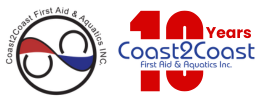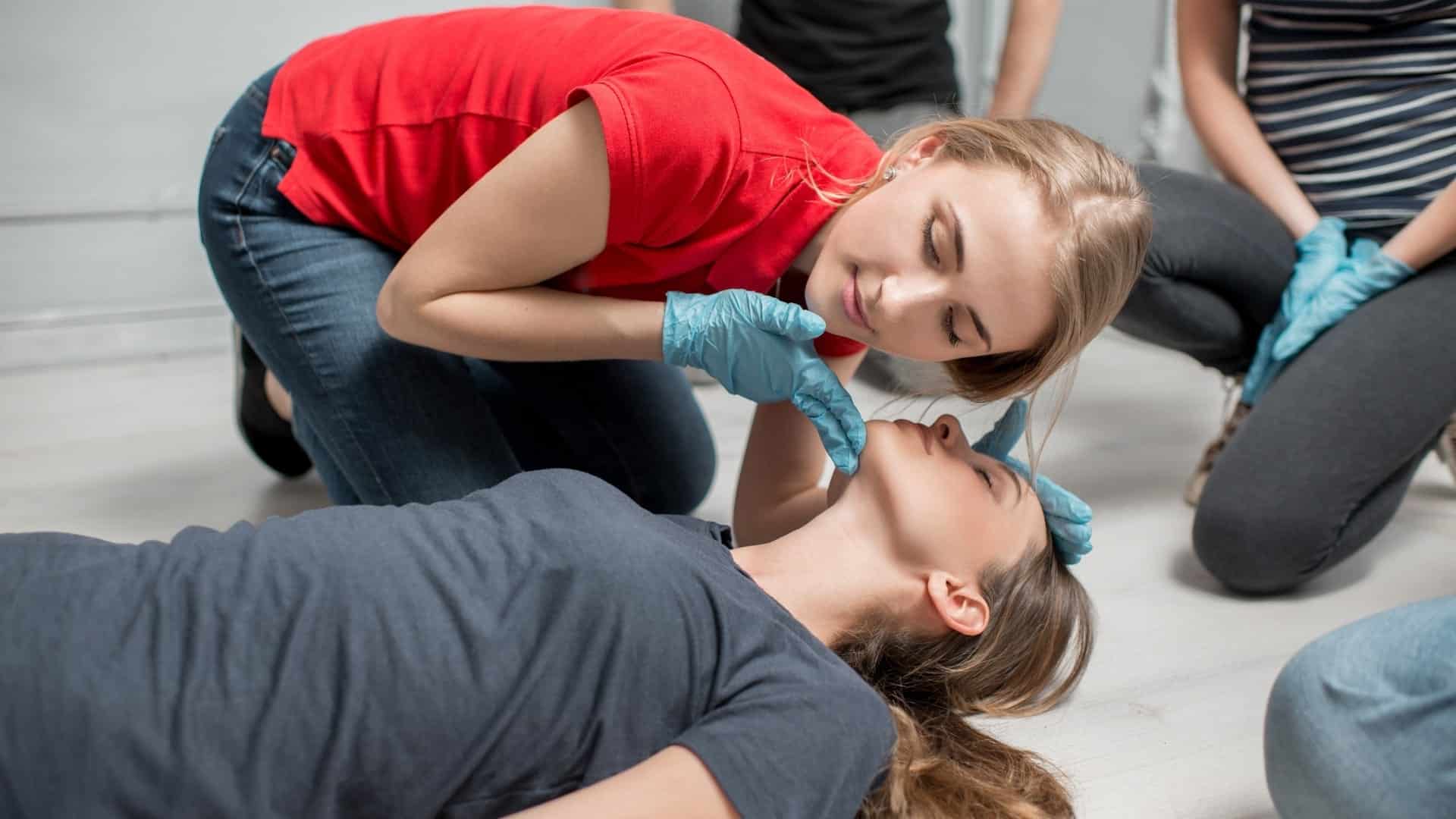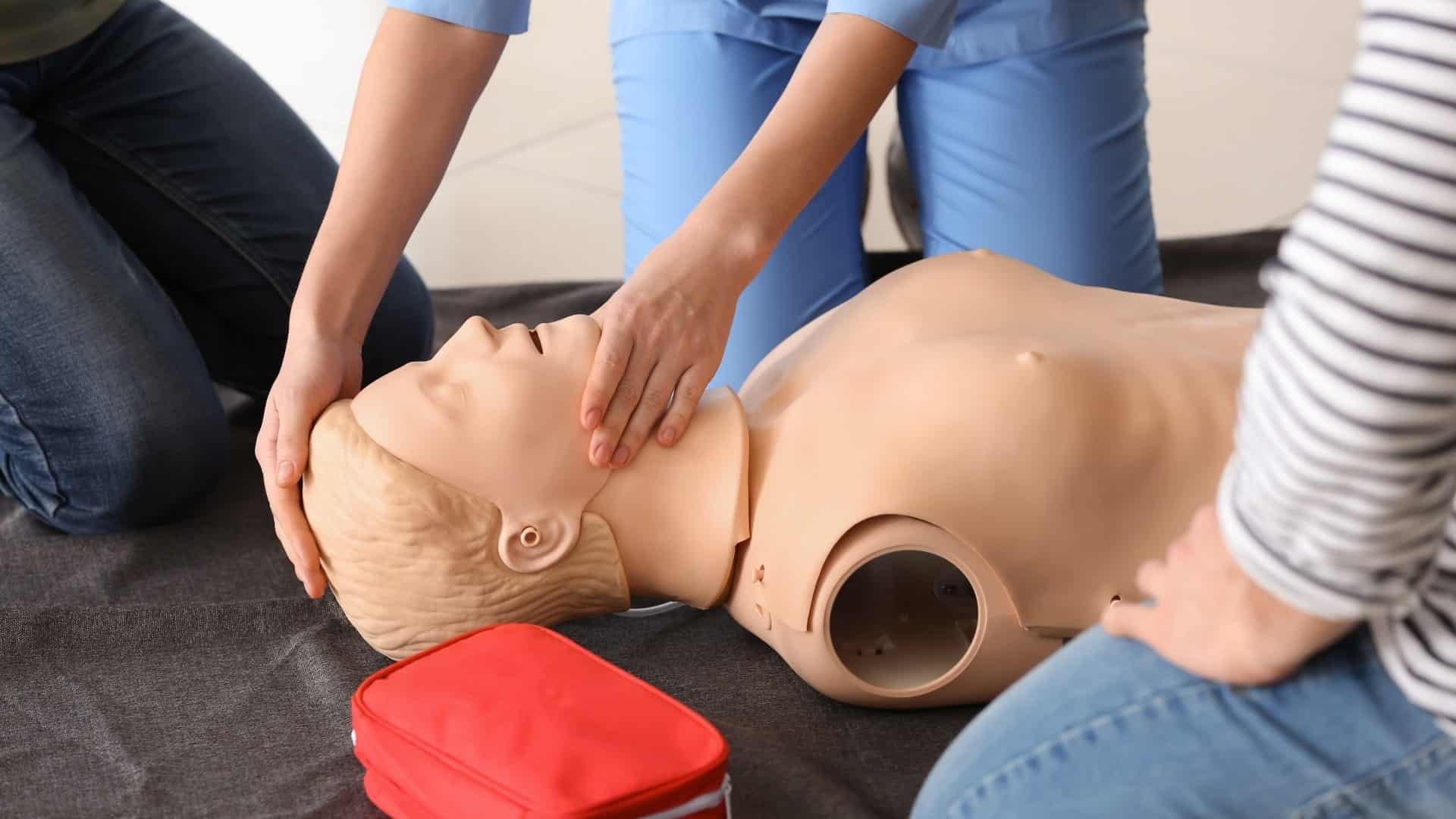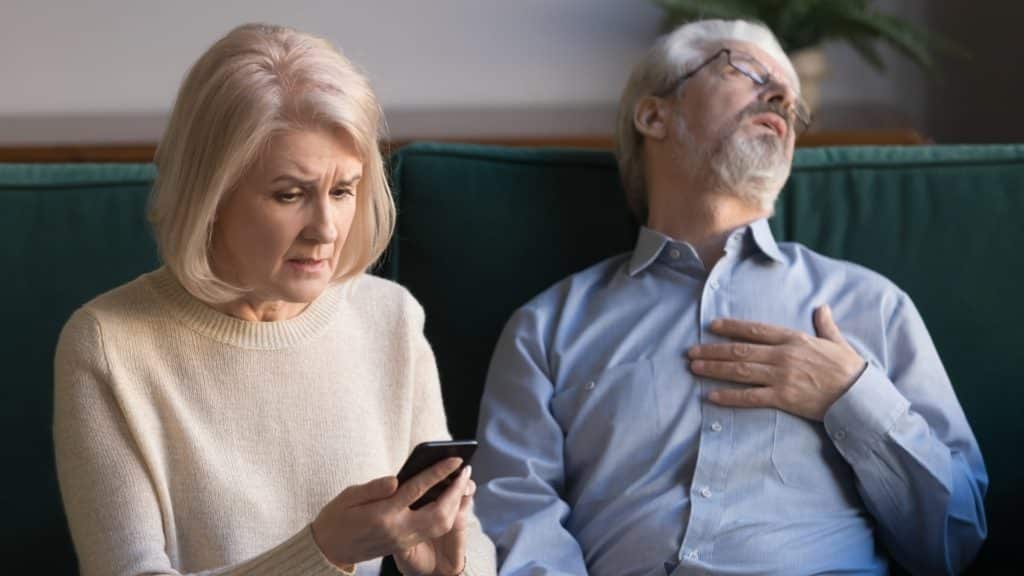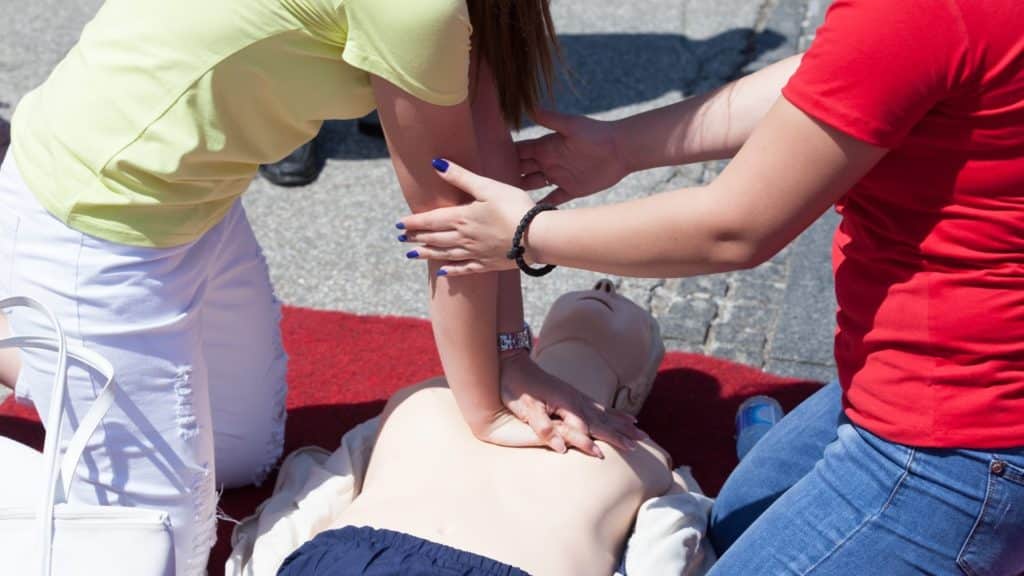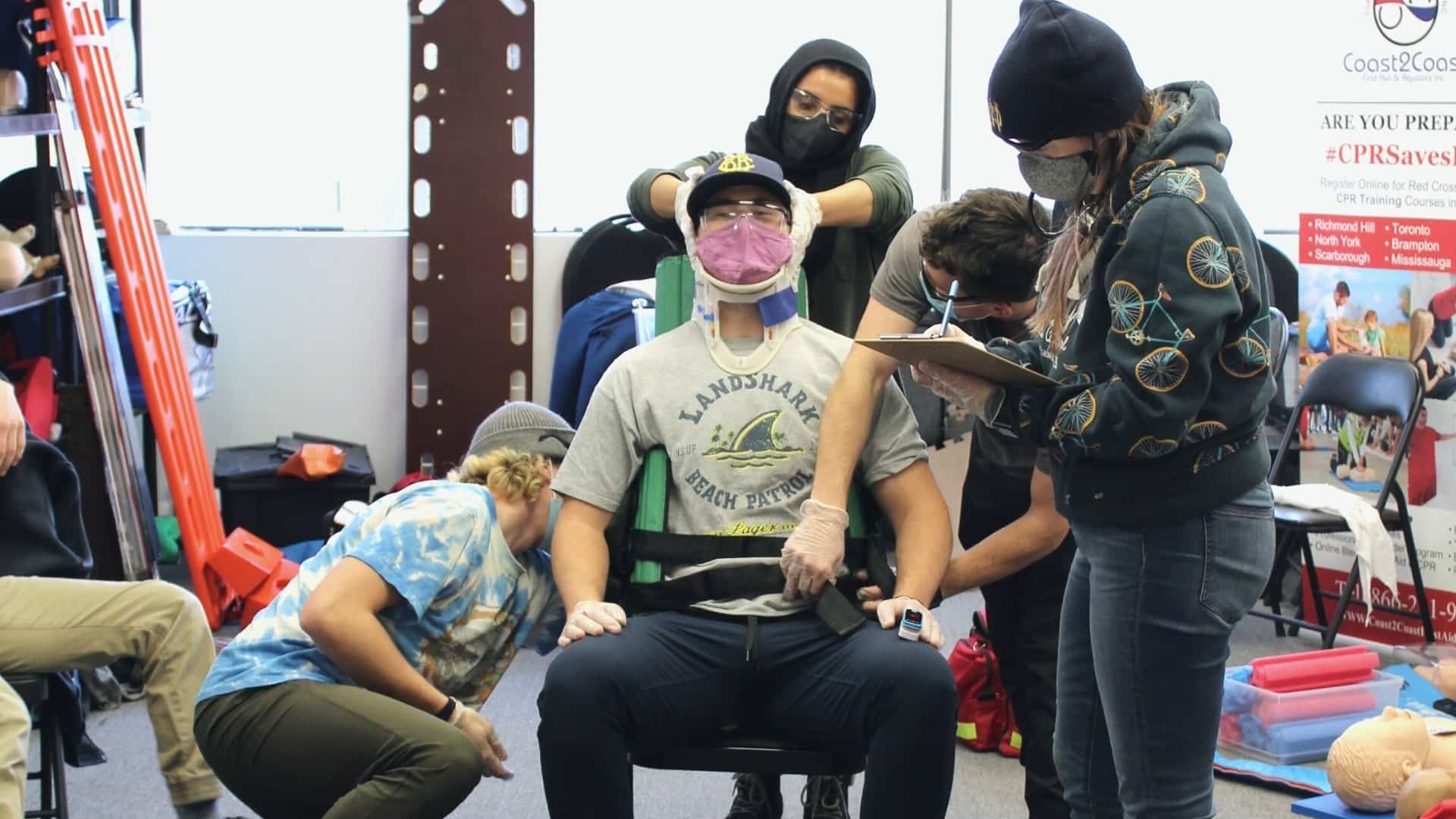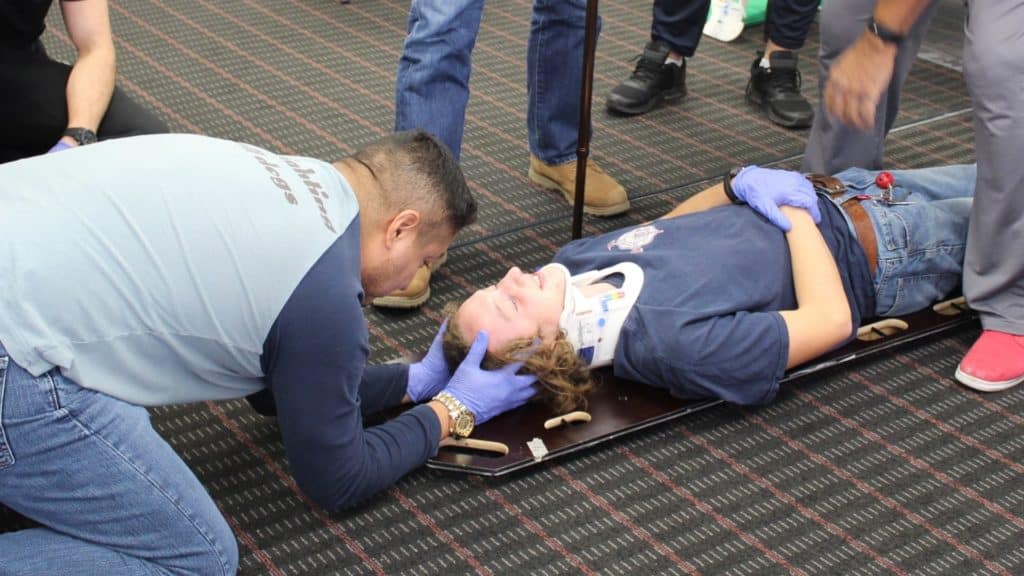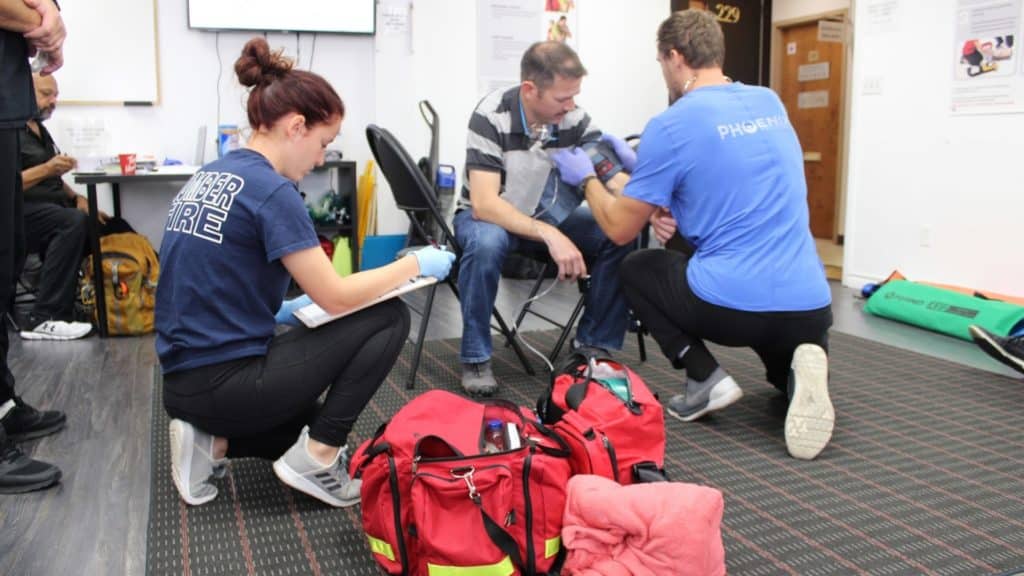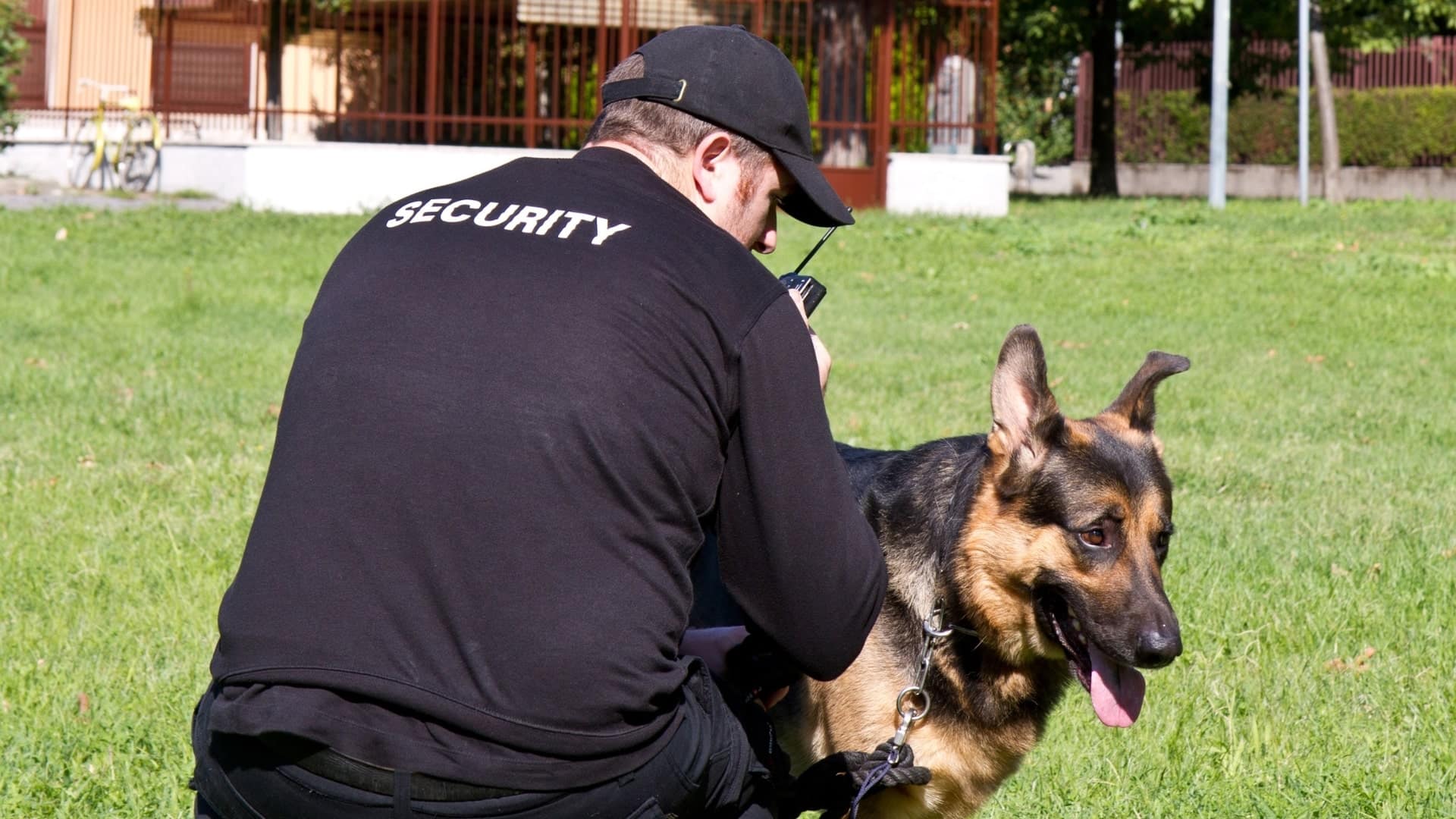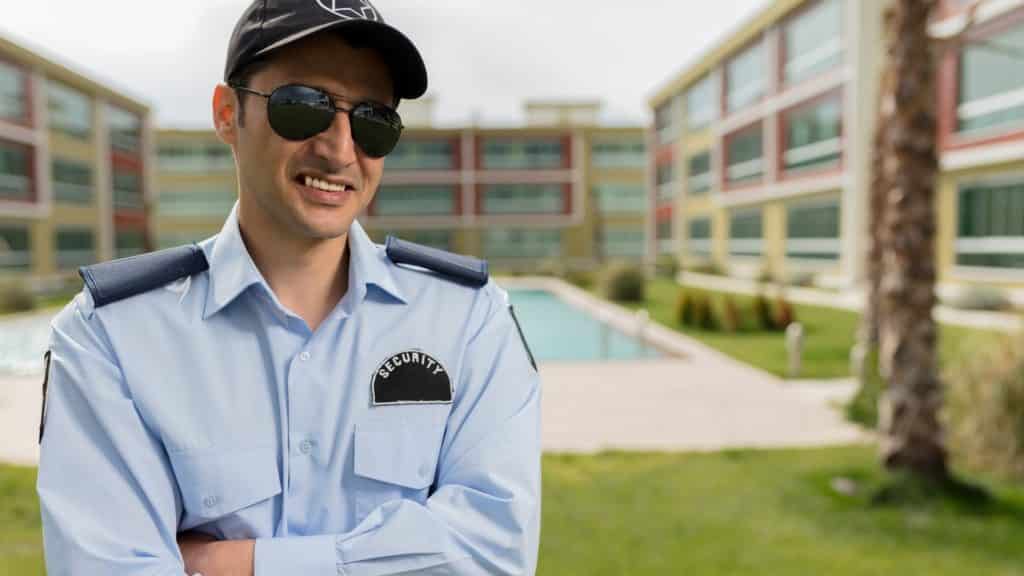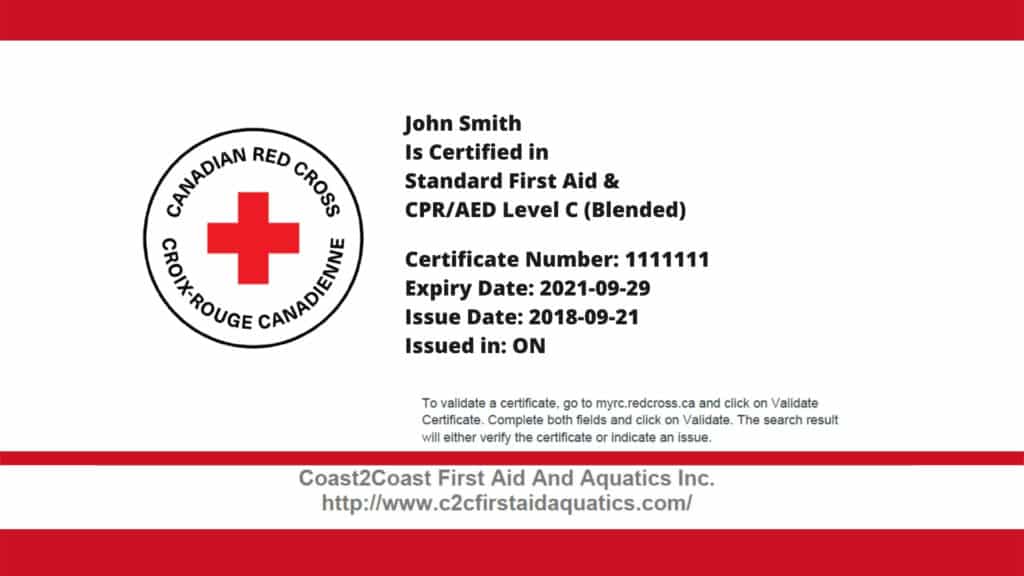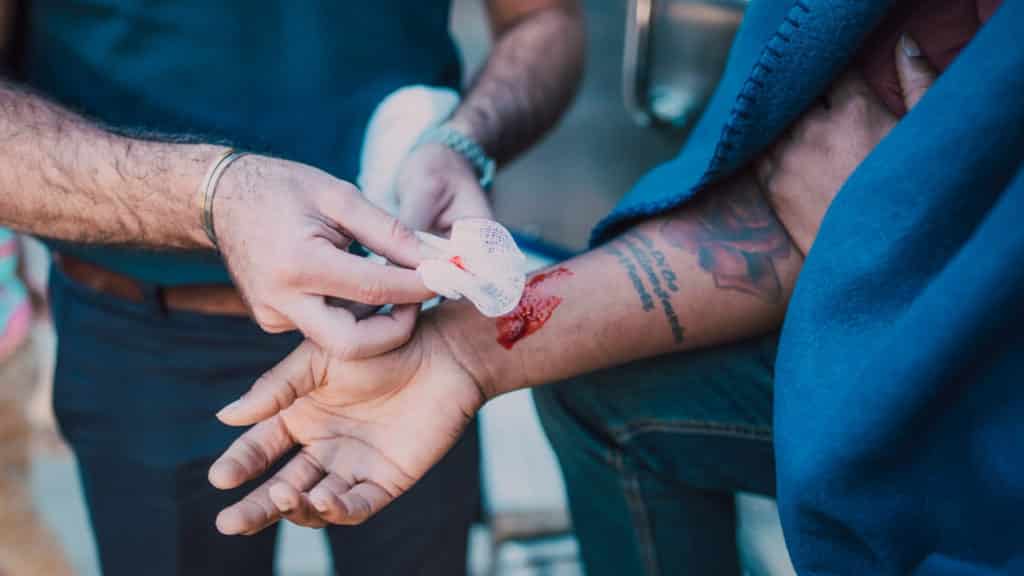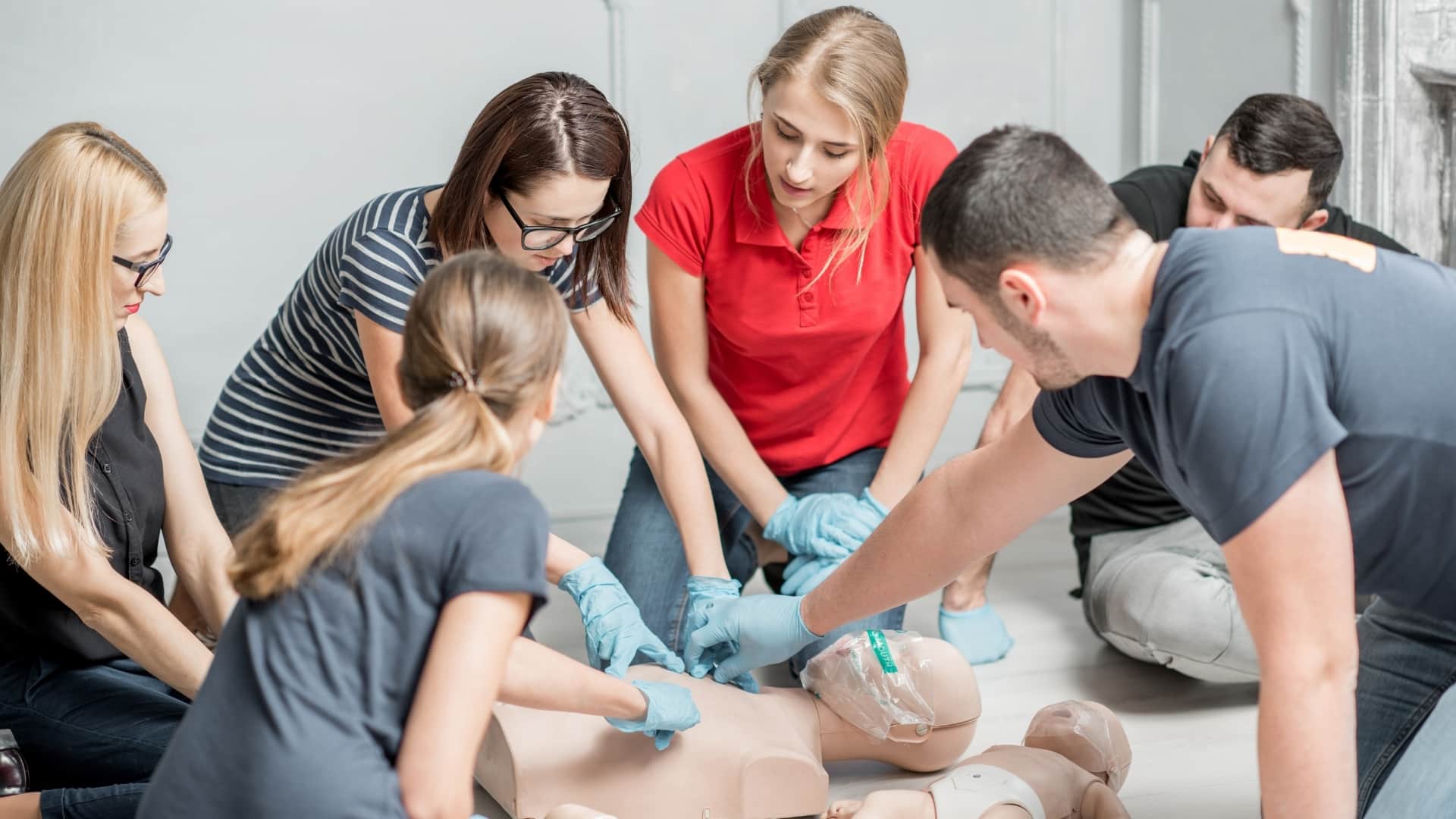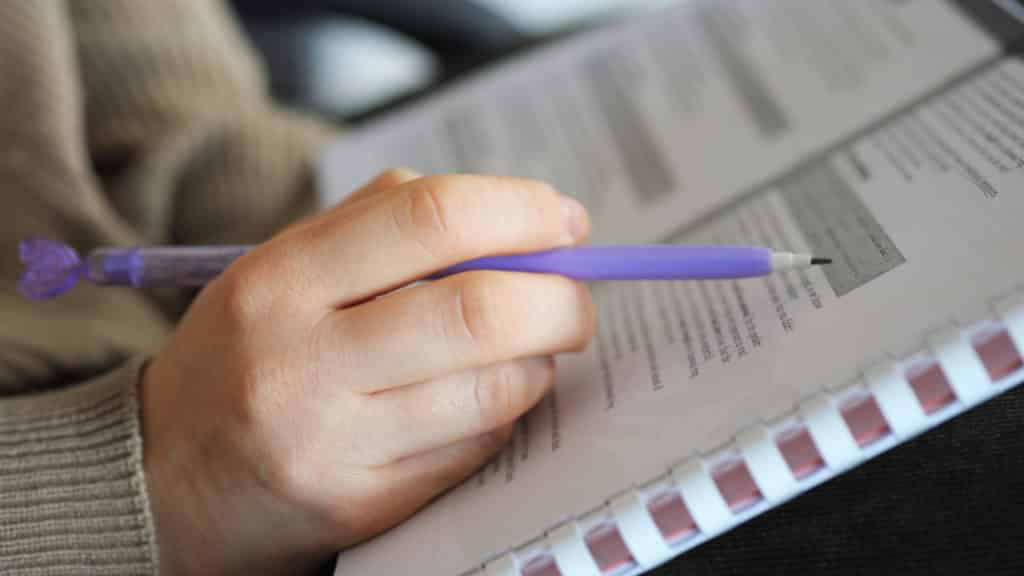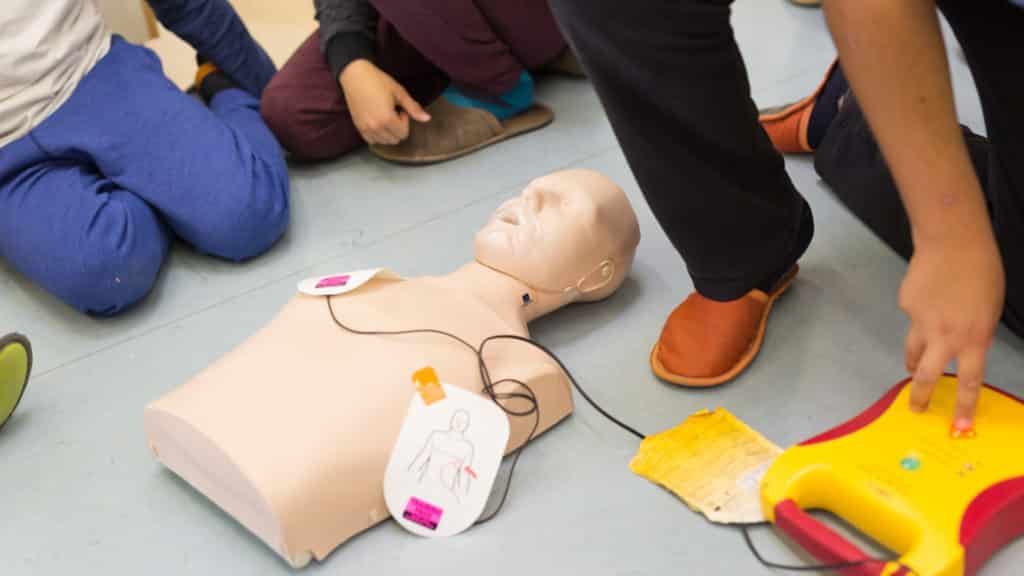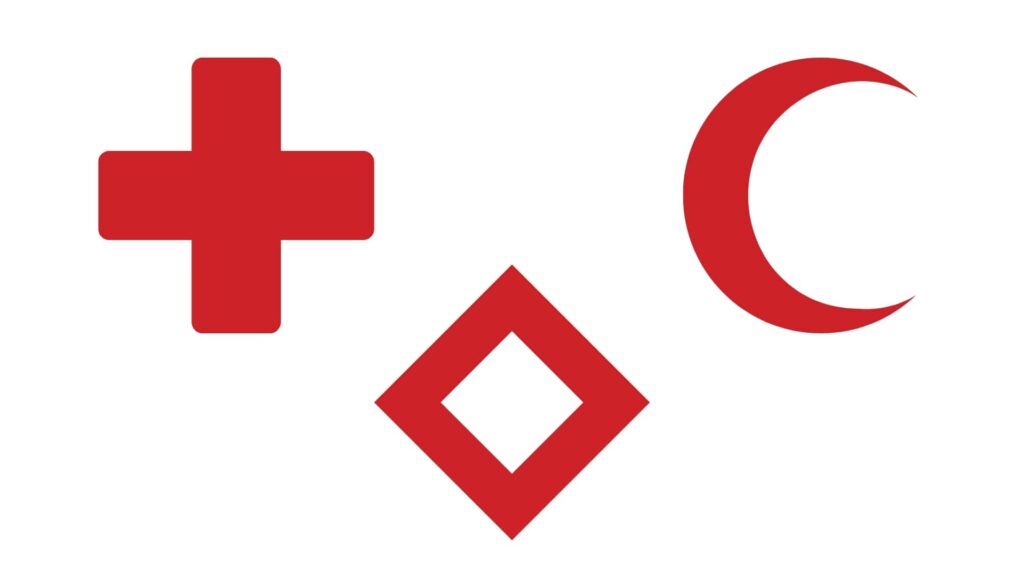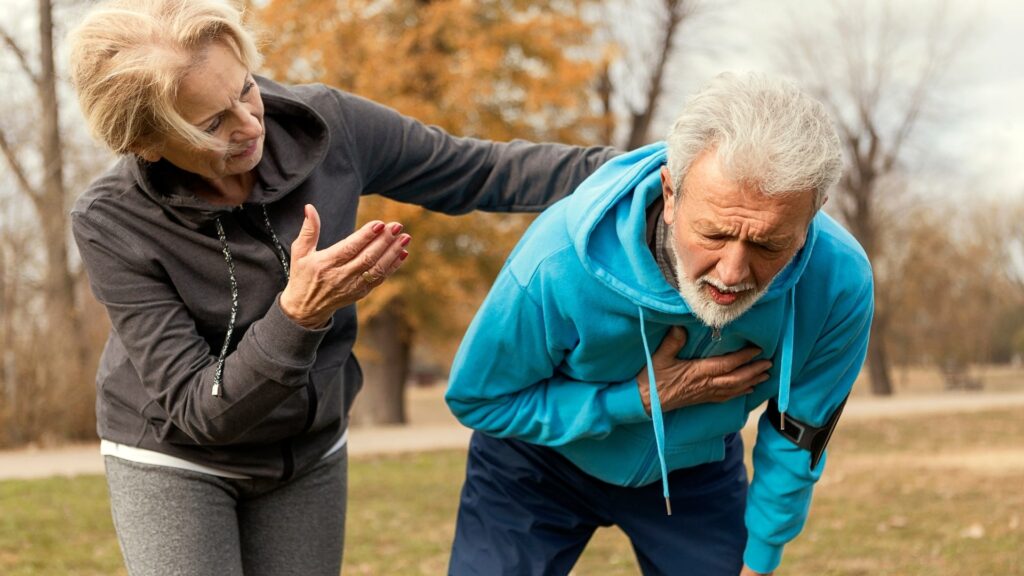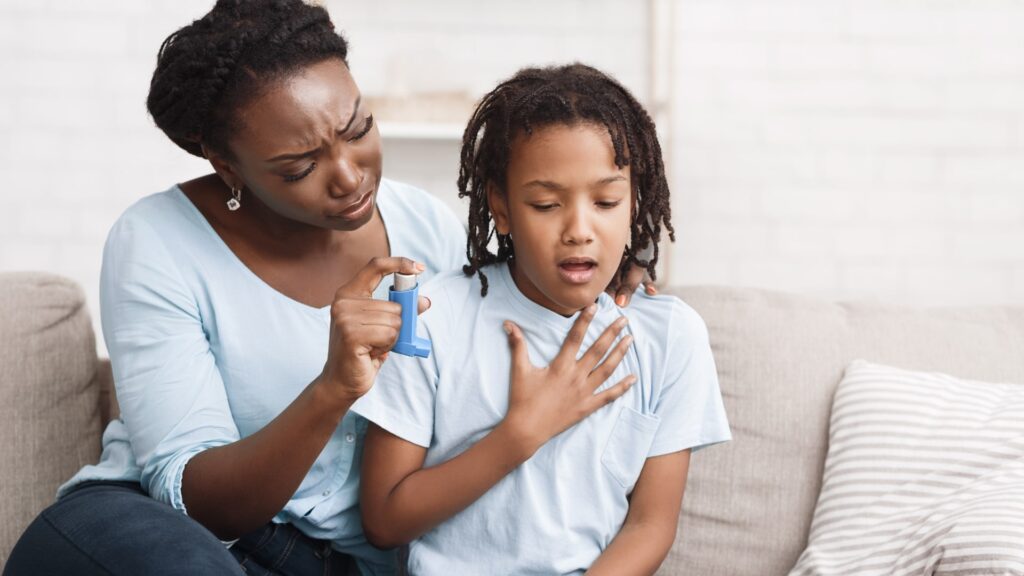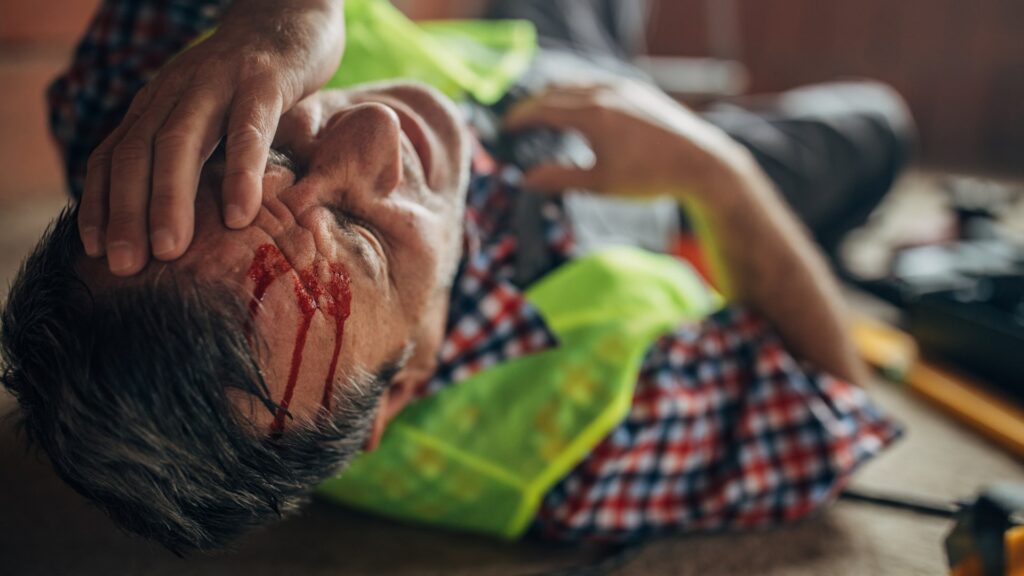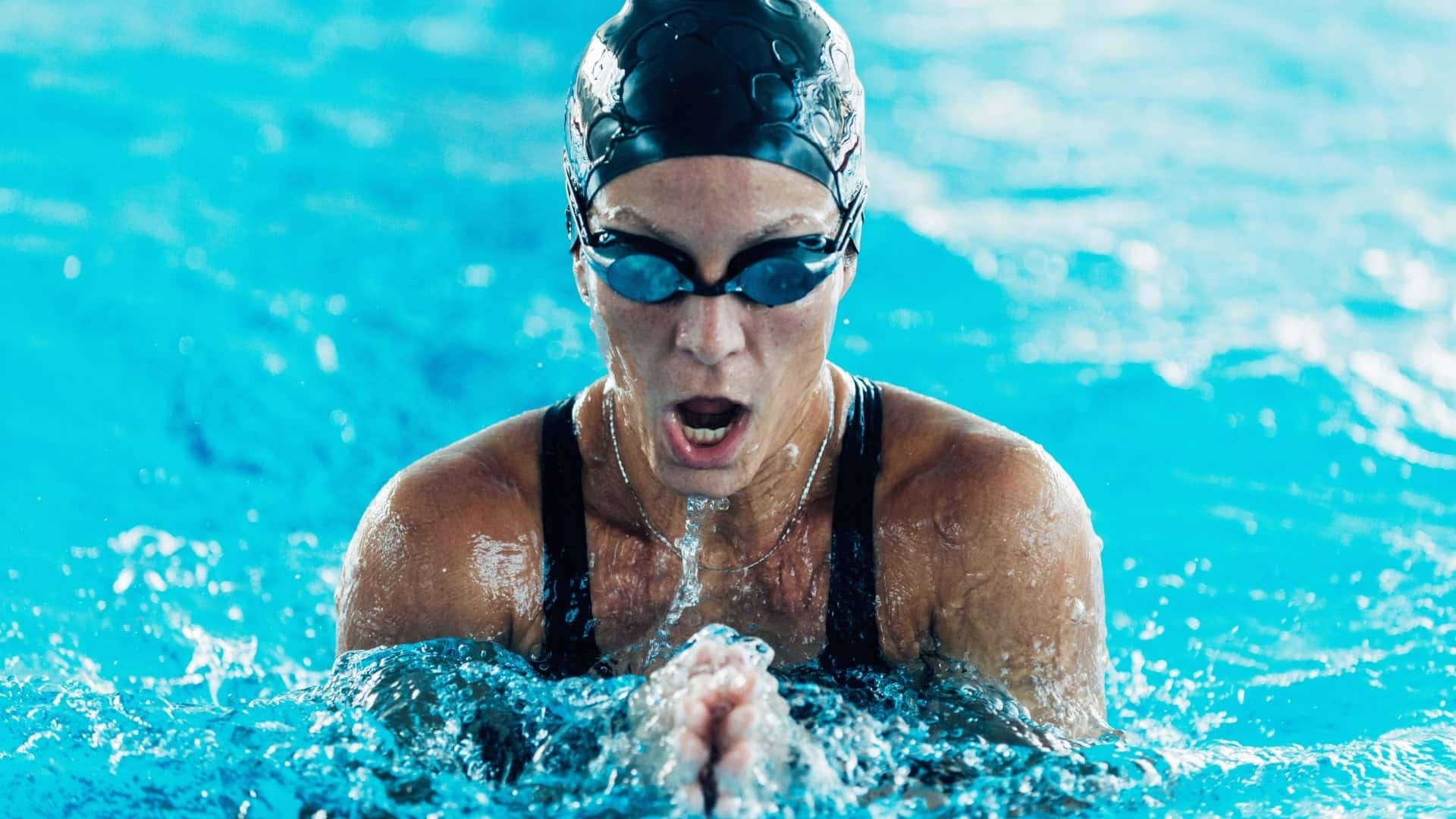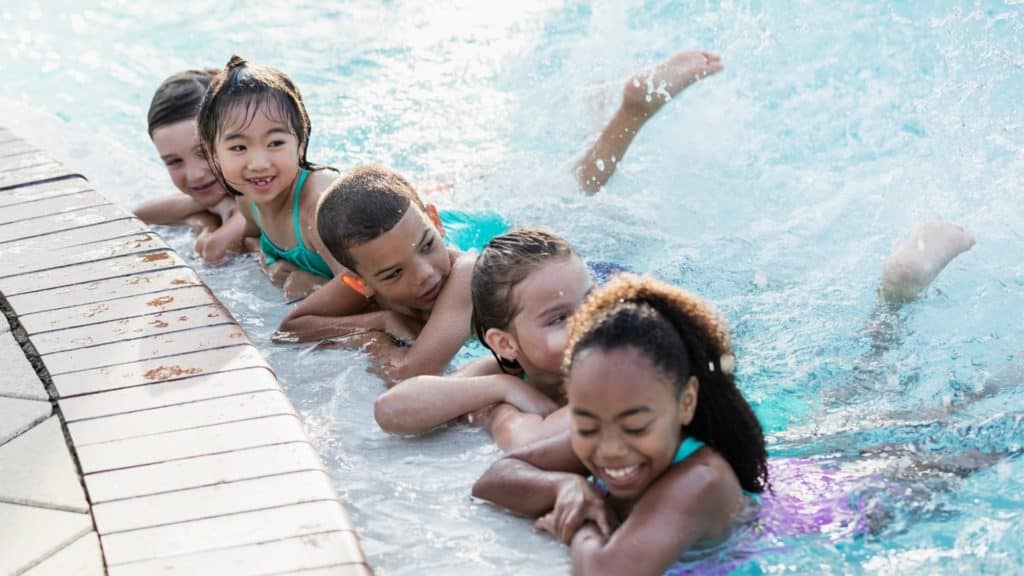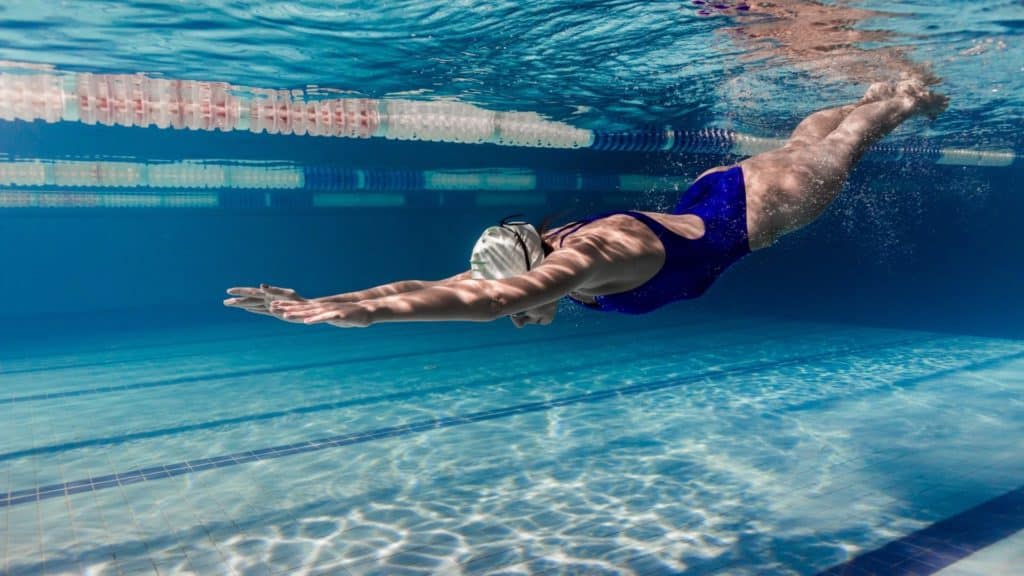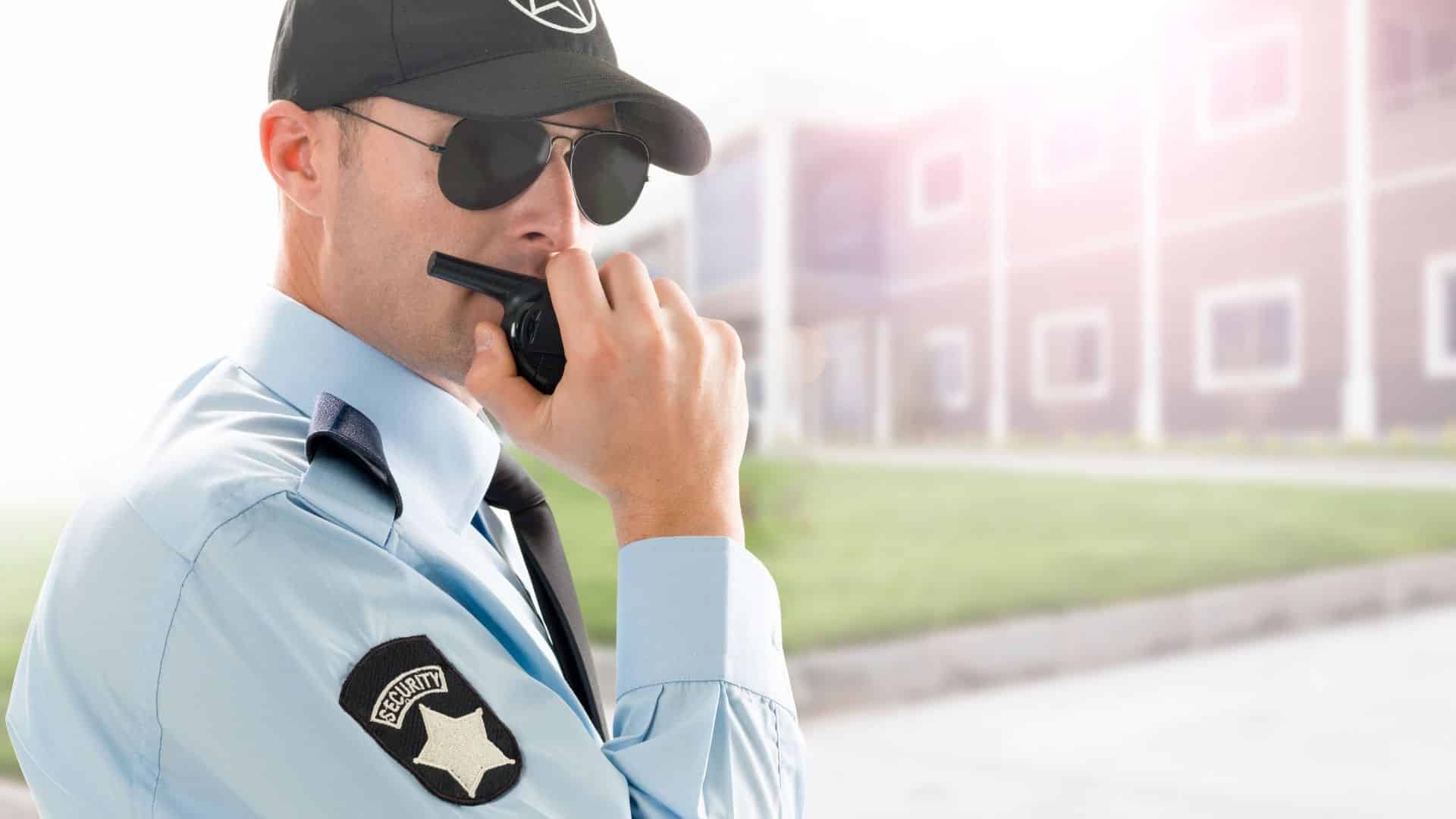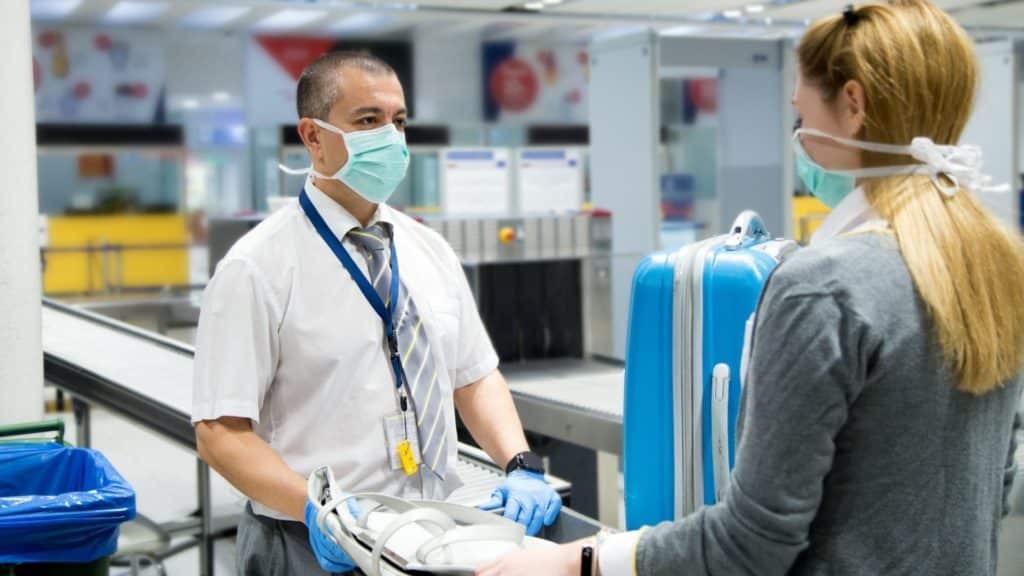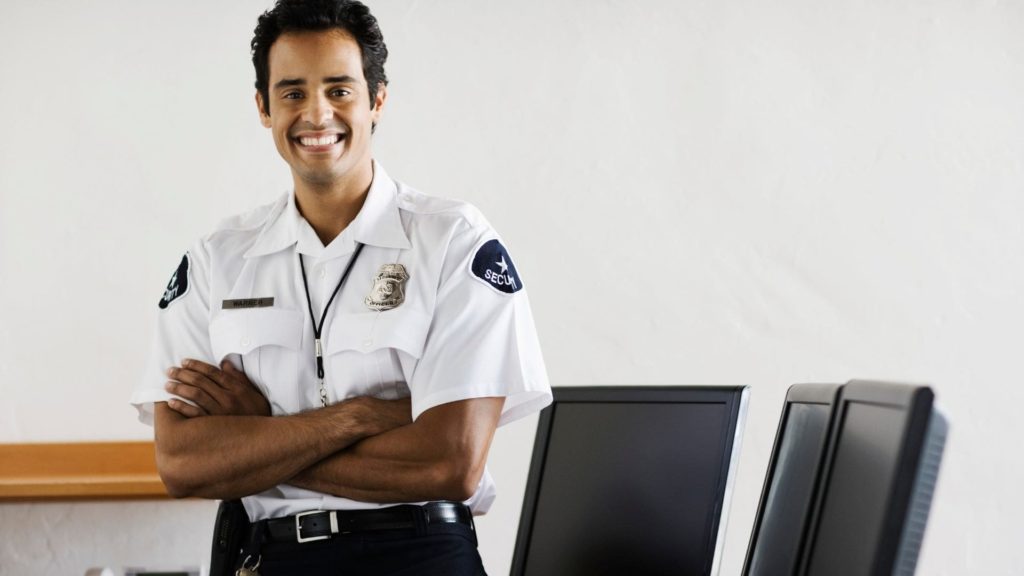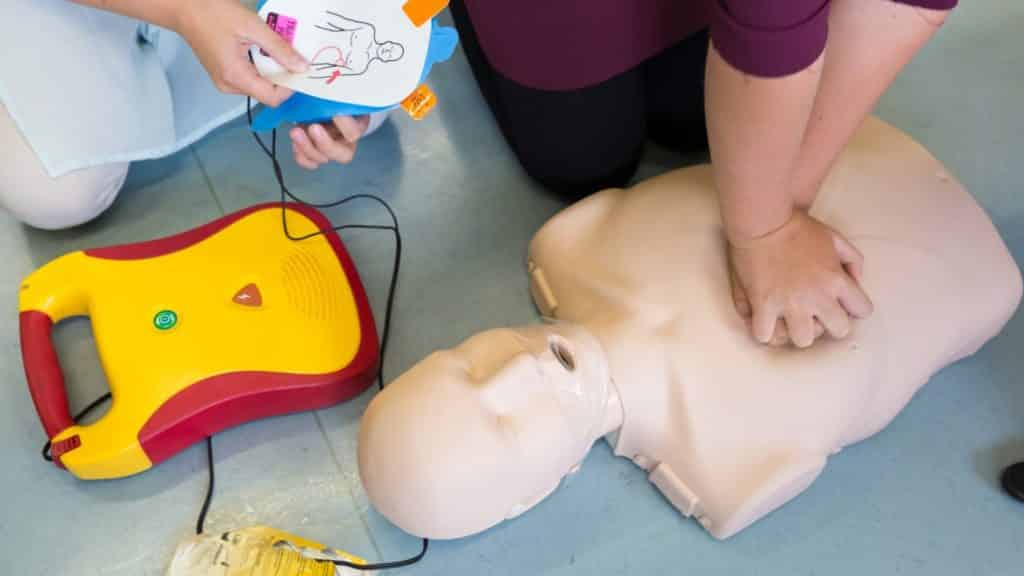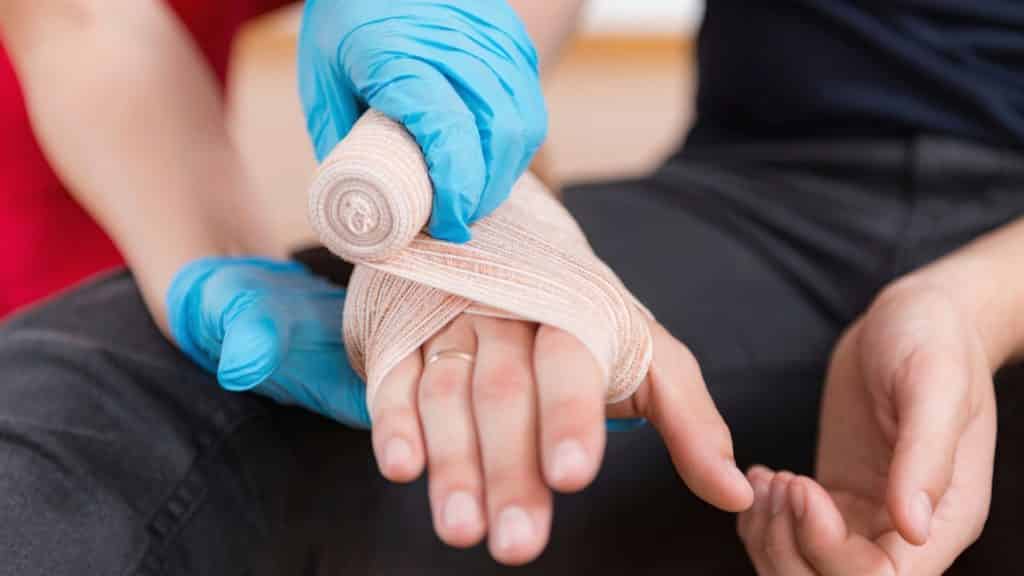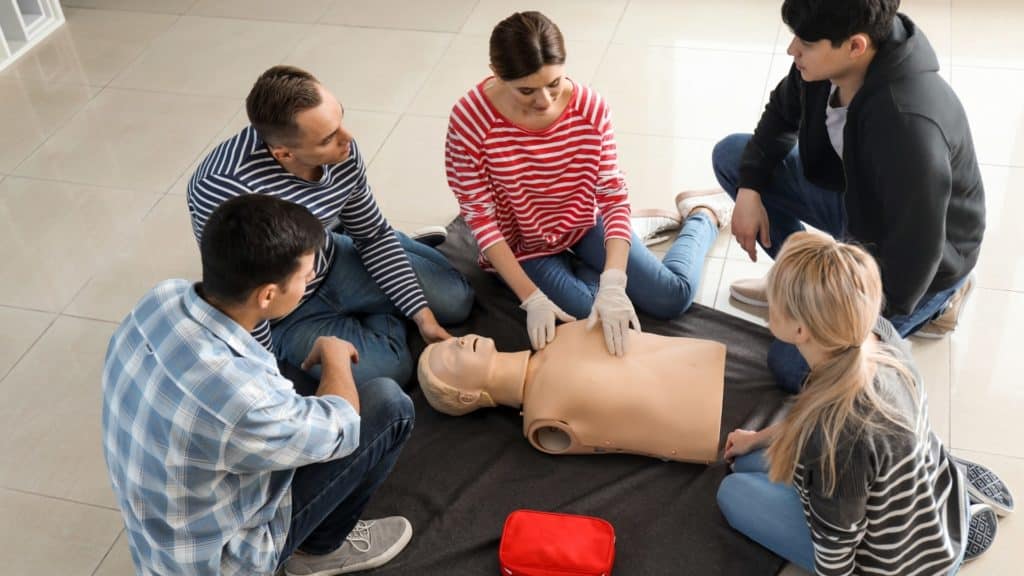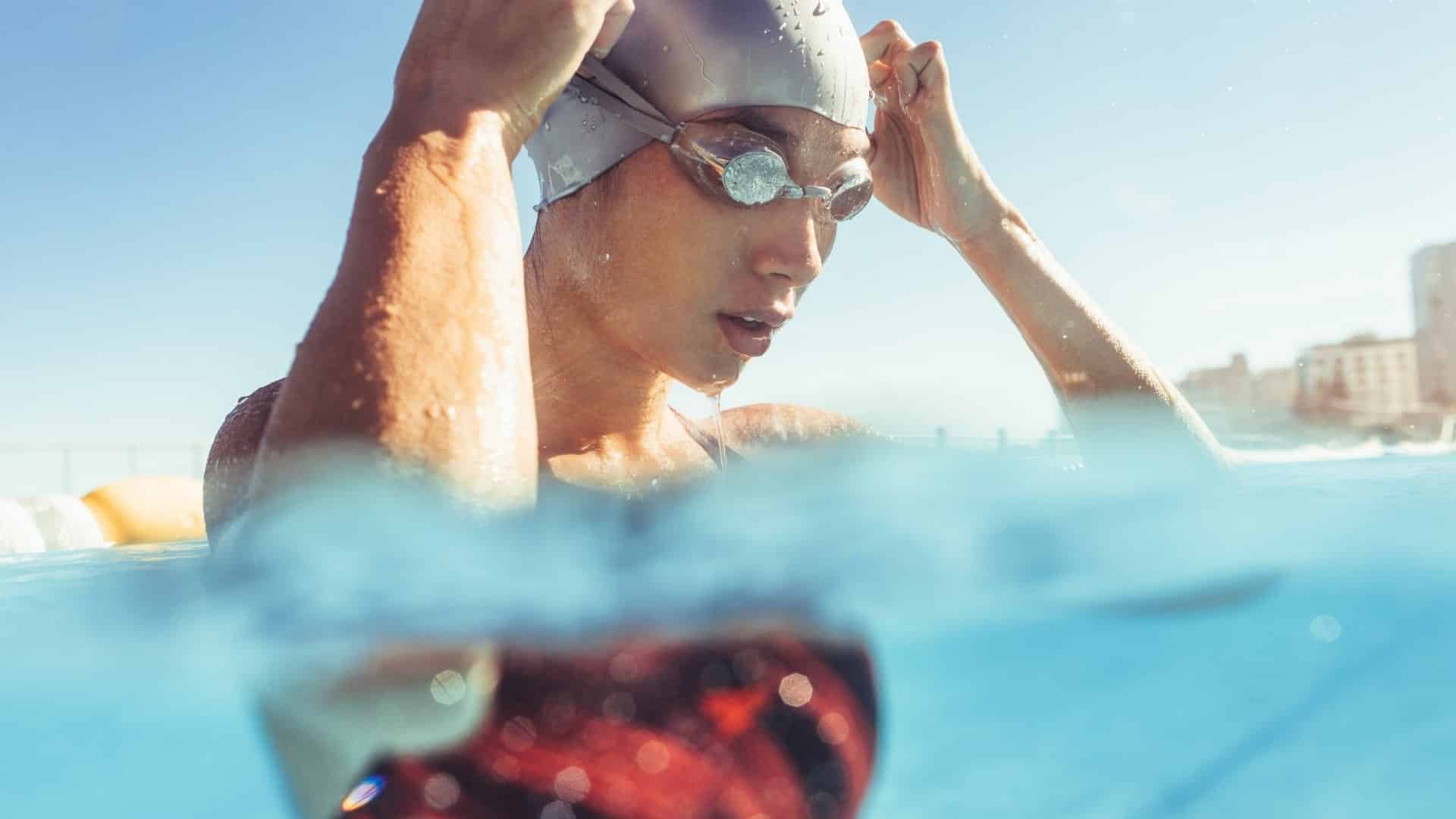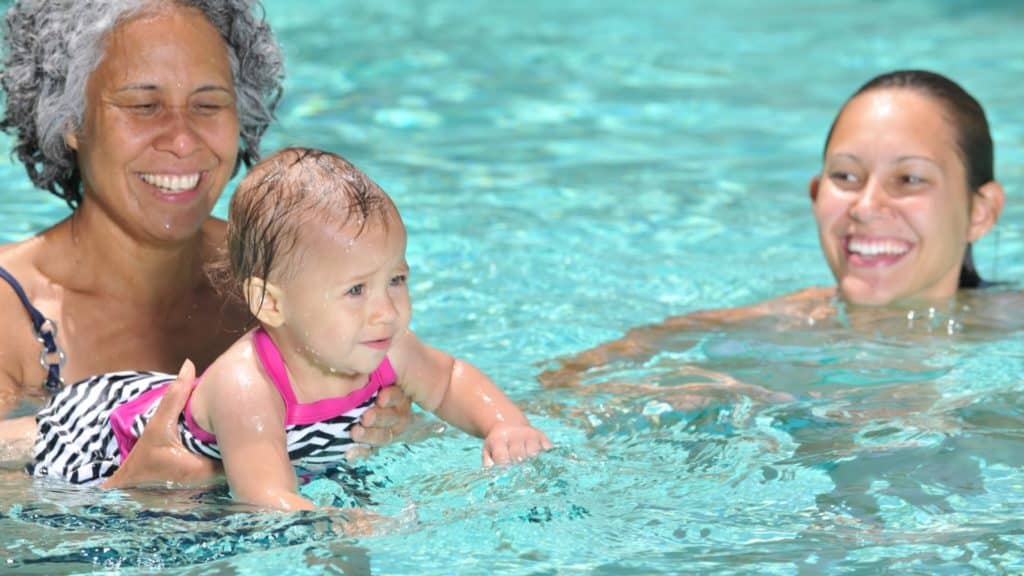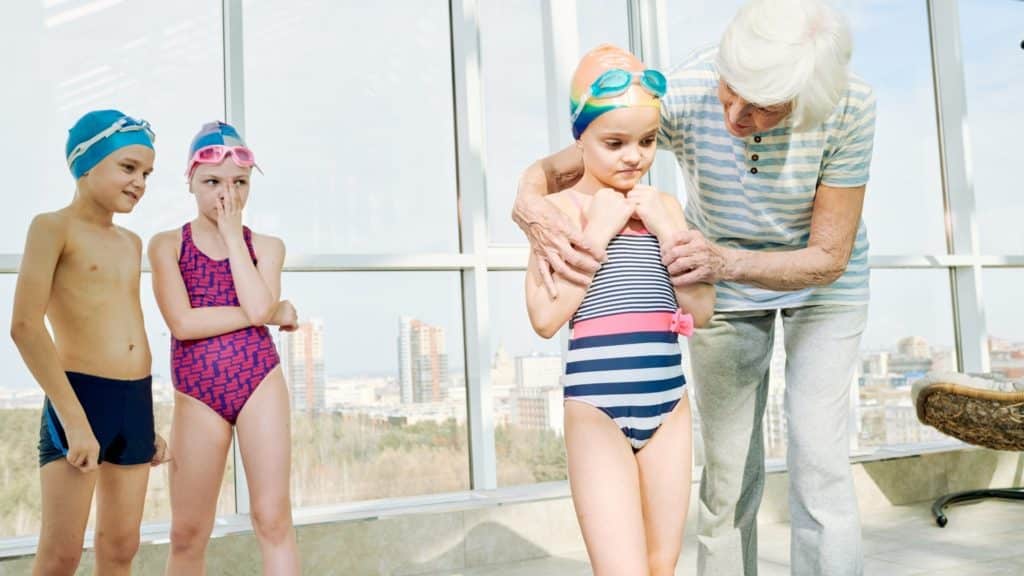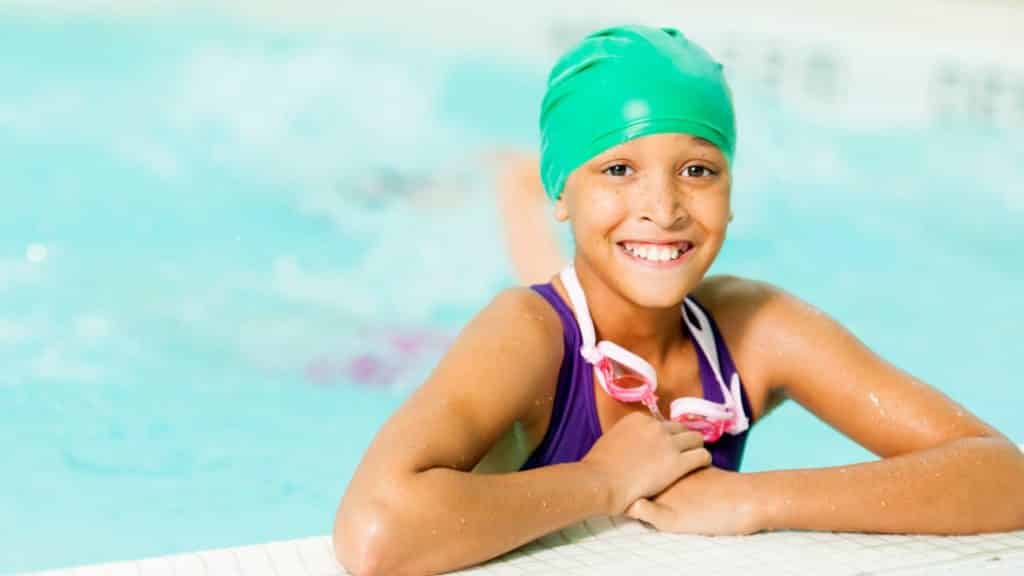Understanding the steps to perform first aid and CPR is vital to helping preserve life and prevent further harm to someone. There are certain universal precautions used by professional rescuers when providing medical care, including personal protective equipment and a well-stocked first aid kit.
For the immediate assessment and the treatment of patients who are injured or ill, the airway, breathing, and circulation check is important.
Understanding the ABCs
One of the most common terms one hears in first aid and CPR classes is ABC – which stands for airway, breathing, and circulation. Depending on the experience of the first aider, after the ABCs have been secured, they can then focus on the additional treatments required.
Order of ABC
When assessing a person, Airway, Breathing, and Circulation are the right order to follow in emergency procedures to ensure CPR is administered correctly. Training and practice are vital to knowing and maintaining the three steps, and this is offered through various levels of First Aid and CPR courses.
In an emergency where someone has collapsed, the first step is to check the scene for safety. If the scene is safe, then you can check the victim for responsiveness. If the victim doesn’t respond, then the next step is to perform the ABCs.
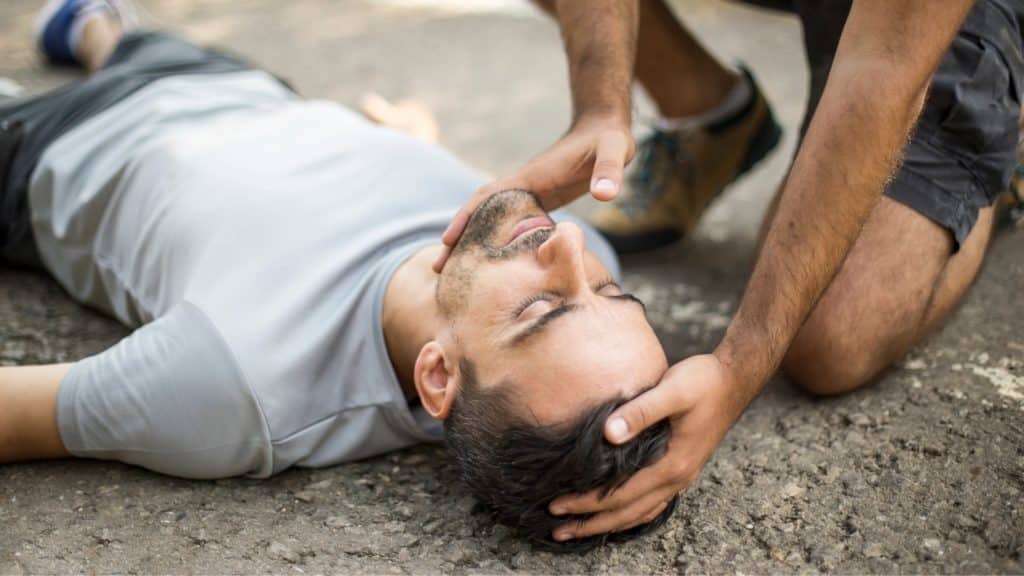
Inquire about First Aid & CPR Training Course
Register for a First Aid & CPR training course! Gain life-saving skills and be prepared.
Airway
Making sure the airway is clear is the most relevant step when practicing first aid on a victim. Any obstruction can result in choking, something which is fatal. If you notice that the victim is crying or speaking, then their airway is open.
Immediately place the victim flat on their back. Open the victim’s airway by tilting back the head with one hand while lifting the chin up with the other. This is known as the head-tilt/chin-lift. This technique keeps the tongue from blocking the airway and opens up the epiglottis.
Breathing
Once the airway is clear, the next step is to determine if the victim is breathing. Here, the principle is to look and listen for breath by placing a cheek close to their nose or mouth while looking at the victim’s chest. It shouldn’t take longer than 10 seconds to determine if the person is breathing.
Sometimes a victim may show signs of breathing by gasping. This is called agonal respiration. Agonal respiration is not normal breathing and verifies that the victim is suffering from cardiac arrest.
Circulation
The last step of the ABCs is to check the victim’s circulation. This is where you check for life-threatening external bleeding. Start at the head and work your way down to the toes. If you discover life-threatening bleeding, try to control it as soon as possible.
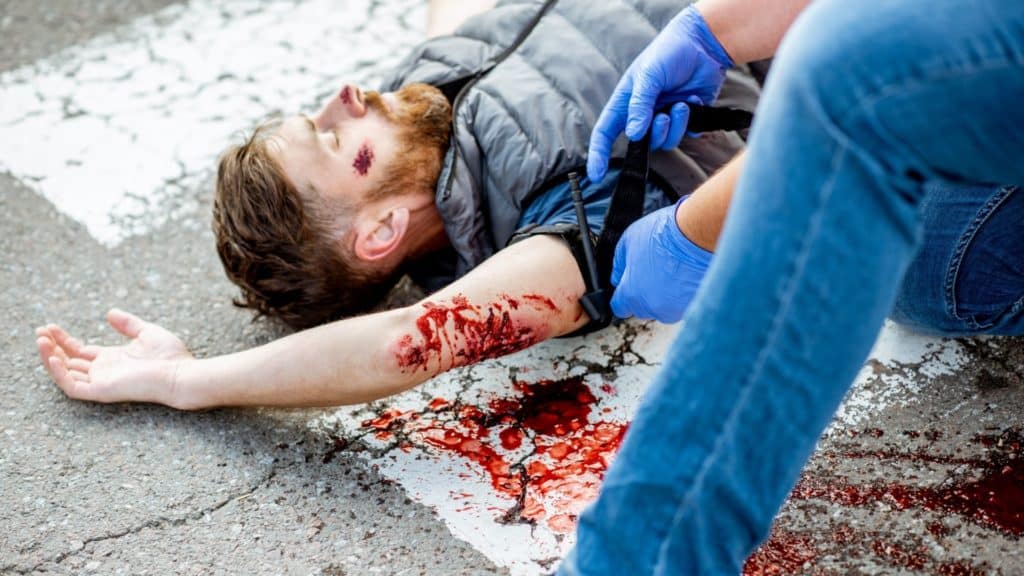
Once you complete the ABCs, it is important to call 911/EMS. If possible, try to find a first aid kit or ask a bystander to assist you.
What Next?
Depending on what is going on with the victim, you may need to begin providing first aid or CPR before EMS arrives. It is important to assist for the following reasons: the victim is choking or experiencing anaphylaxis, they have life-threatening bleeding or they are unresponsive and not breathing.
For someone who is choking, you may be required to alternate between two of the following: abdominal thrusts, back blows or chest thrusts. This is only necessary if the person is suffering from complete choking (unable to speak, cough, breathe, etc.). If the person is experiencing anaphylaxis and has an epi-pen, help them locate and use it if they need assistance.
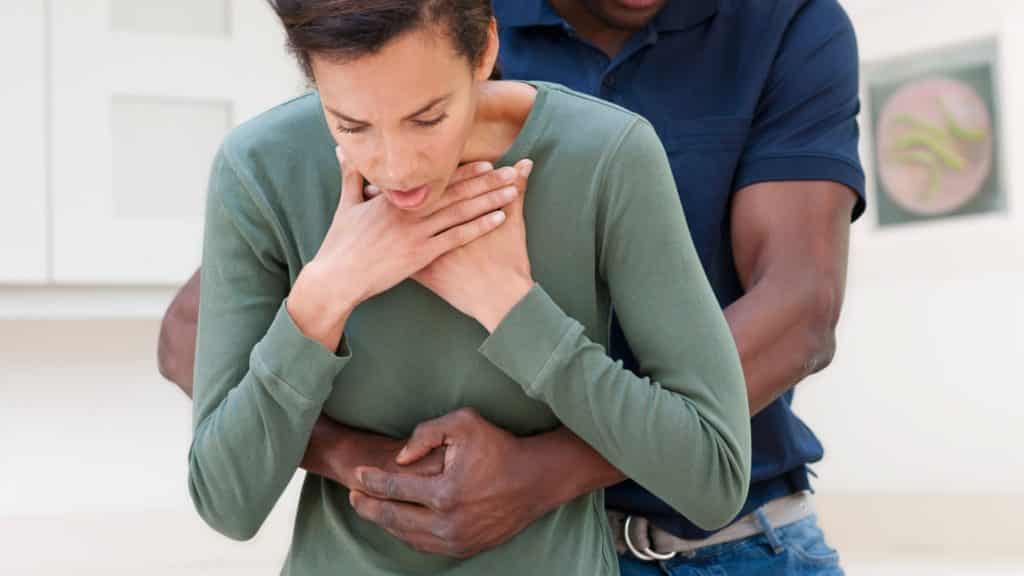
For life-threatening external bleeding, apply pressure and apply a dressing. Continue holding pressure to stop the bleed. You may need to continue adding additional dressings. If the bleeding will not stop, then it might be necessary to use a tourniquet.
If the person is not breathing, the next step is to promote circulation so that the person’s blood can be enriched with oxygen. CPR must immediately be given. With one hand on the lower part of the person’s sternum, place the other hand directly on top. For an adult, you will need to push about 2 inches down at a steady pace. Compressions are performed at a rate of 30 for every two breaths. If both of your breaths go in, continue providing 30 compressions and 2 breaths until the person becomes responsive or EMS arrives.

Last word
In any type of incident that involves a medical or trauma emergency, a special order must be followed when offering first aid. This is referred to as the ABCs (airway, breathing, and circulation) which may be applied to diabetic emergencies, airway obstruction, respiratory failure, trauma, and overdoses. If a patient is suffering cardiac arrest, compressions are of utmost importance and performed first.
It is mandatory for people in various occupations to have First Aid and CPR training. A Canadian Red Cross course allows everyone to learn the important skills required to help people in various life-threatening situations. Learning the ABCs and ensuring that the certificate remains valid is important for anyone wanting to be prepared to help someone in any situation.
